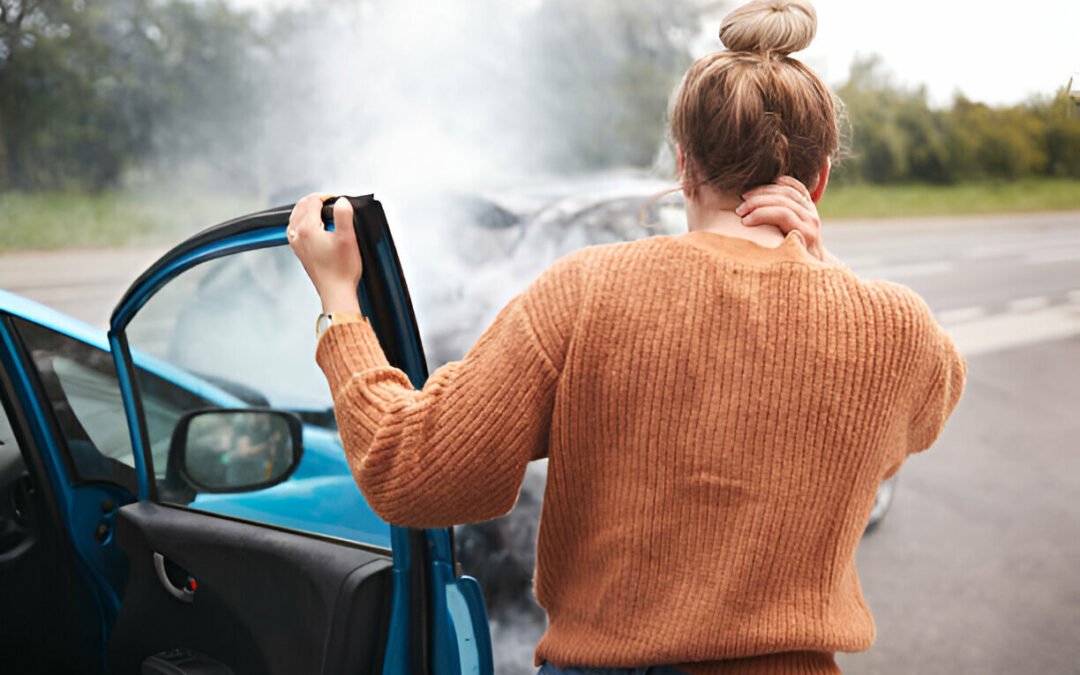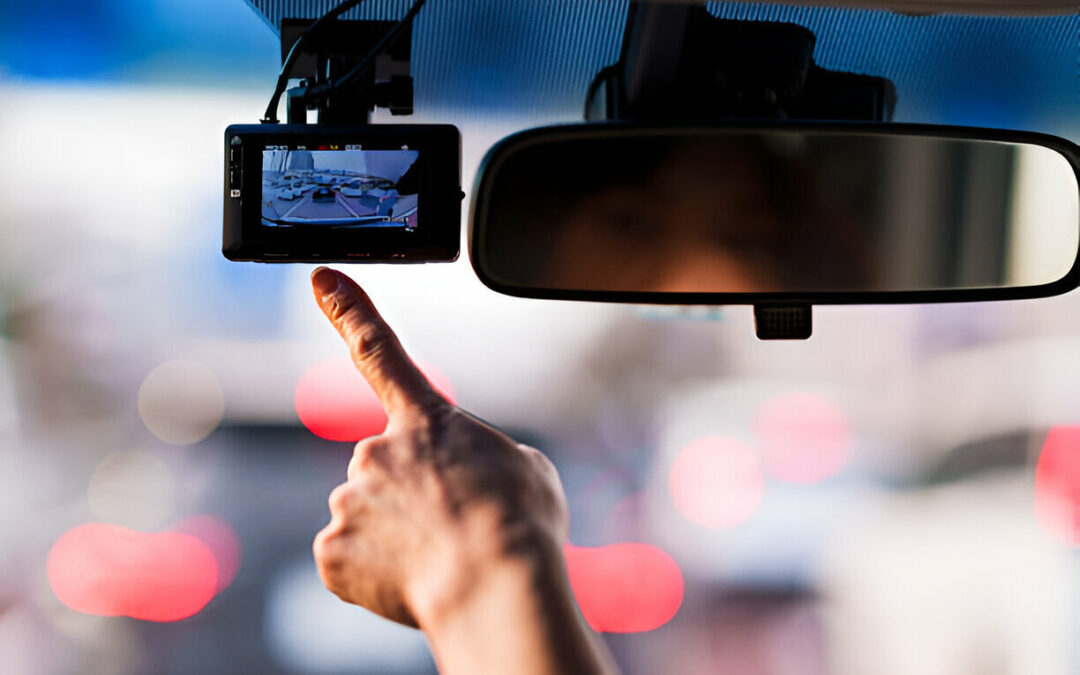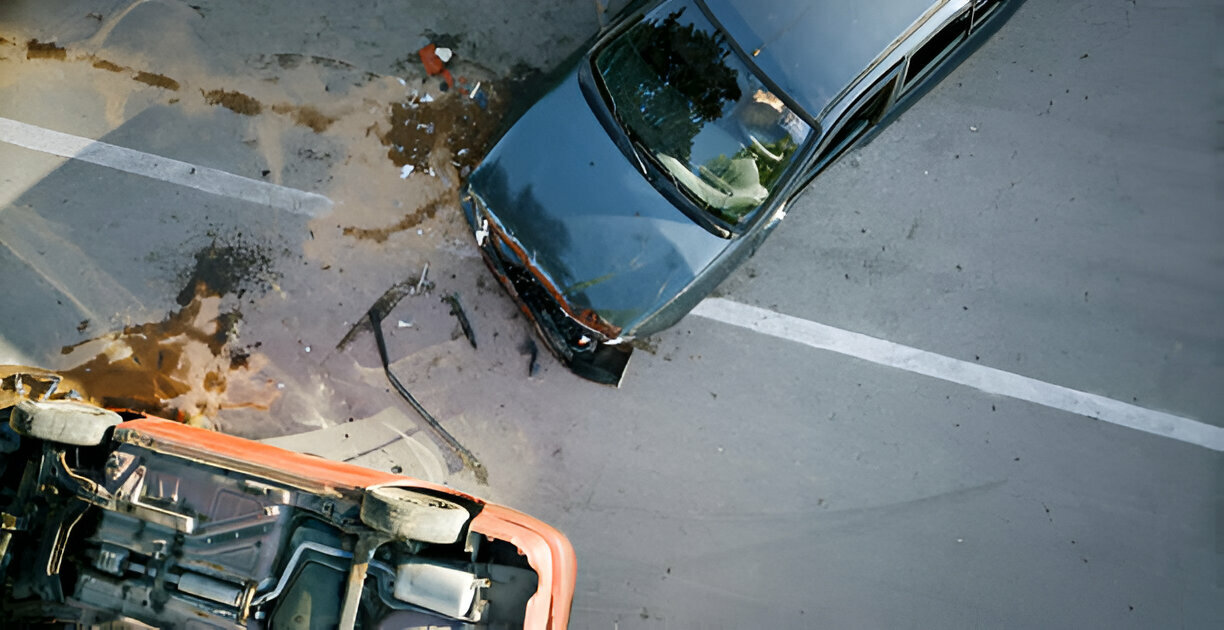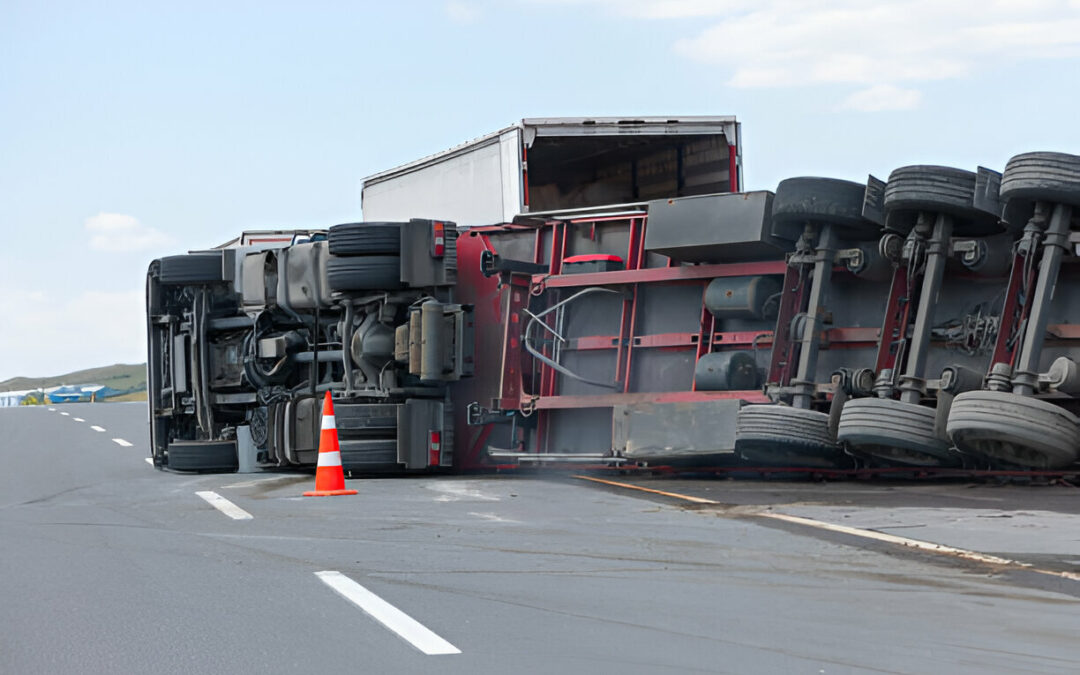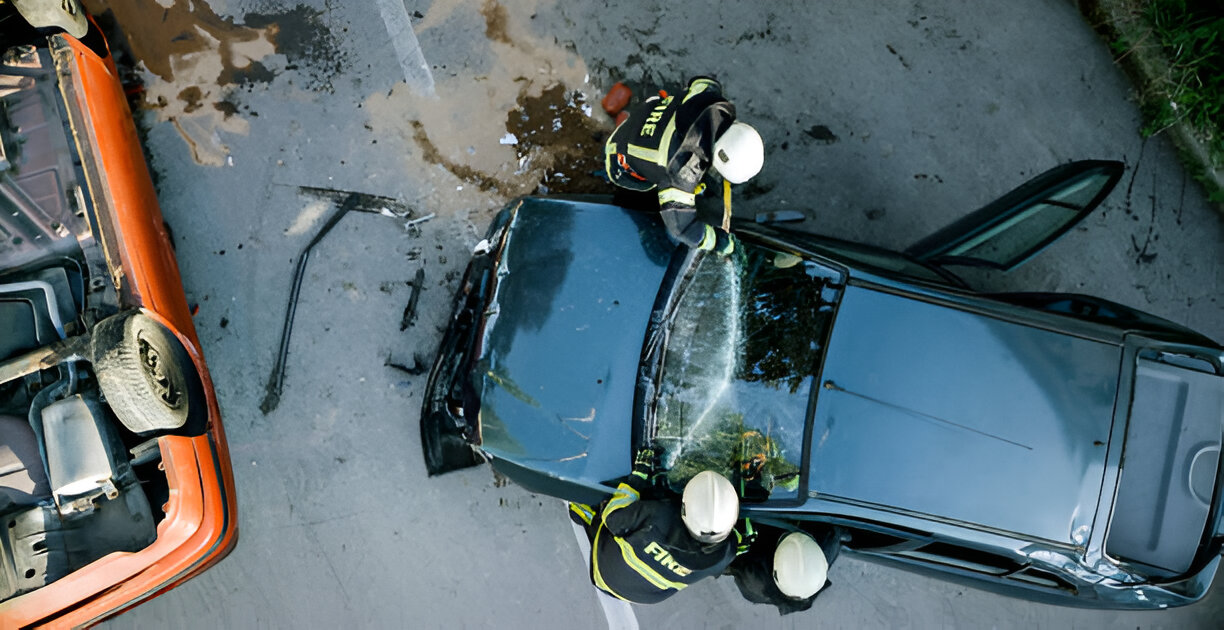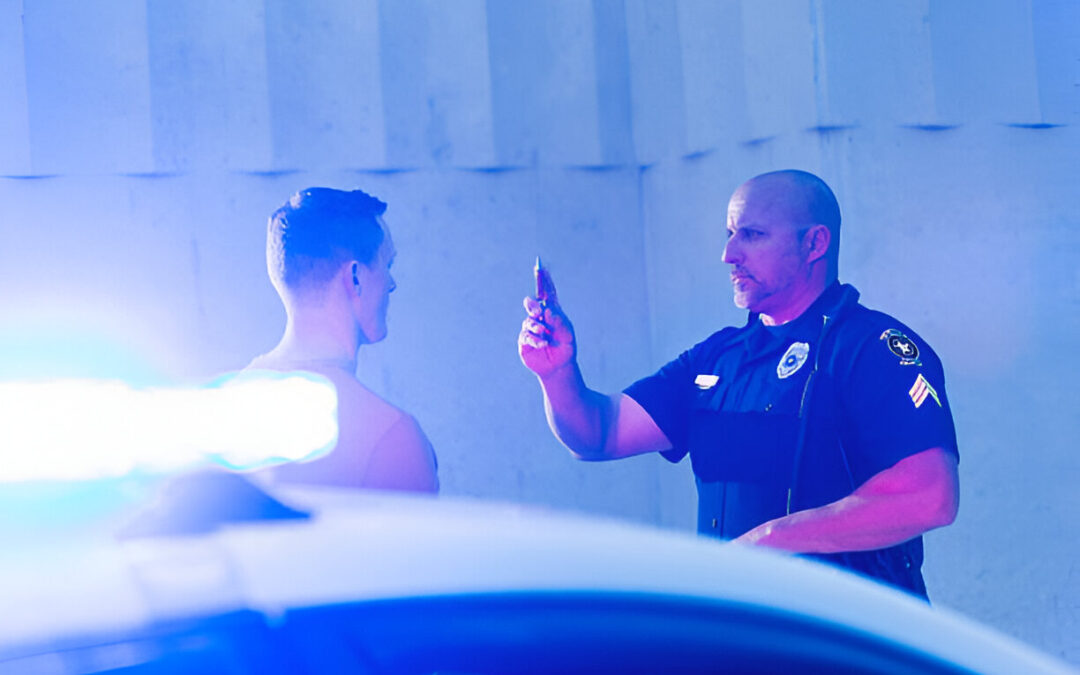Following Uber and Lyft’s rideshare services, Amazon is one of the latest companies to offer flexible work for anyone with a car. Their service, Amazon Flex, allows people to sign up to deliver packages for Amazon. But what happens if one of these drivers causes an accident? What if you work for Amazon and get in an accident while delivering packages?
Because Amazon’s delivery service is still relatively new, people are still learning what the corporation’s insurance will cover in the event of a crash. Here’s how it works.
Coverage While on the Clock
Amazon insures their Flex drivers for liability, contingent comprehensive/collision, and uninsured/underinsured motorists.
The liability coverage goes up to $1 million per incident and covers accidents that are ruled the Amazon driver’s fault. This includes damage to property and bodily injury for third parties. There is a $1,000 deductible for the contingent comprehensive/collision coverage, which covers $50,000 worth of damage to the delivery driver’s vehicle, even if they are at fault. The catch here is that the delivery driver must have a personal comprehensive/collision coverage policy. If they do not have such a policy, the Amazon policy will not cover them. Like the liability coverage, the coverage for uninsured/underinsured drivers for Amazon drivers is $1 million. This coverage only takes effect if the other party is at fault and doesn’t have adequate coverage.
Coverage While off the Clock
The important thing to realize is that the above coverage only applies if the delivery driver is picking up, delivering, or returning packages to an Amazon facility at the time of the accident.
For accidents that occur while the delivery driver is off the clock, Amazon’s insurance does not take effect. Instead, the delivery driver and anyone else affected by the accident will have to rely on personal insurance for coverage.
Unfortunately, by taking a job with Amazon Flex, the delivery driver could be voiding their personal insurance coverage.
Here’s why.
When the driver signed up for their personal auto insurance policy, they had to answer some questions before they could get coverage. One of the questions probably asked whether the car to be covered would be used for personal or business use. To the insurance company, if the driver didn’t say they would be using the vehicle for business, then they effectively misrepresented the facts, which could be used as grounds to void the policy. Furthermore, if the delivery driver loses their personal insurance, they could lose their coverage under the Amazon policy as well.
This is a big problem for both drivers involved in an accident.
Review Your Policy
What’s the takeaway from all of this? If you want to drive for Amazon Flex, it’s critical to review your personal auto insurance policy to make sure that you will still be covered. If you are not a delivery driver for Amazon but want to protect yourself, you should make sure that you have enough uninsured/underinsured coverage under your policy.
Have You Been in an Accident with an Amazon Flex Driver?
Get in touch with the team at Pacin Levine Attorneys at Law today to discuss your case. We will fight for you and work to get you the compensation you deserve.



